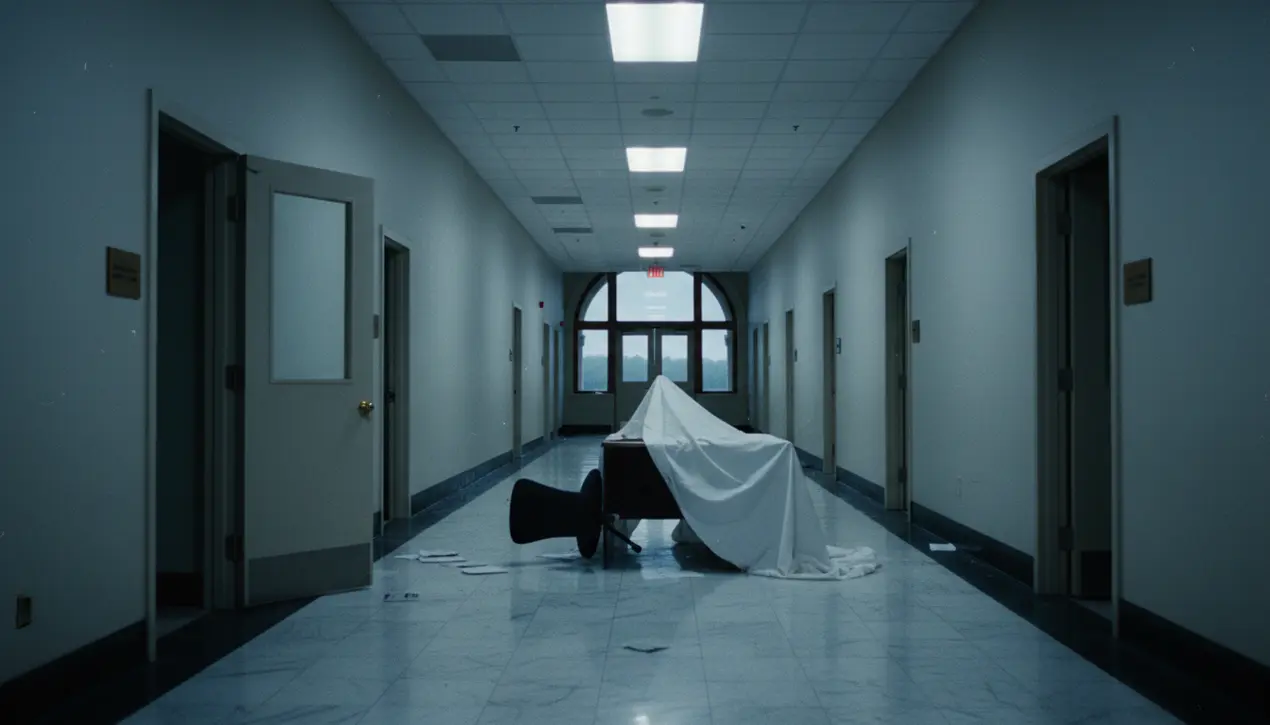
Politicsgovernments & cabinetsGovernment Formations
What changed after a record-long government shutdown, briefly explained.
RO
Robert Hayes
2 hours ago7 min read
After a grueling 43-day standoff—the longest federal government shutdown in American history—Washington has reached a fragile truce, though the fundamental political schisms that precipitated the crisis remain entirely unresolved. The House is poised to pass a bill this evening, following the Senate's Monday approval, which will temporarily reopen the government until January 30th, effectively setting the stage for an identical budgetary confrontation in a matter of weeks.This outcome represents a classic Washington stalemate; Democrats, having staked the shutdown on securing an extension for key Affordable Care Act subsidies, ultimately conceded without achieving their primary objective. The political theater, however, was not entirely without consequence.The agreement does include several critical provisions that mitigate the immediate damage: layoffs announced for approximately 4,000 federal employees have been rescinded, with a moratorium on further job cuts extending through January. More significantly, the Supplemental Nutrition Assistance Program (SNAP) has been fully funded through September 2026, a hard-won concession that secures a vital social safety net for millions of low-income Americans.Furthermore, the Trump administration, which had previously hinted at potentially withholding back pay, is now legally bound to provide full retroactive compensation to the hundreds of thousands of furloughed workers who endured financial hardship. Yet, the resumption of government functions does not equate to an instantaneous return to normalcy.The nation's air travel system, which suffered visible degradation as FAA-mandated flight reductions climbed to 6 percent, is expected to remain scrambled for several more days as air traffic controllers and aviation safety personnel work to recalibrate complex national operations. While SNAP benefits are projected to be restored relatively swiftly, the unprecedented interruption, which the Trump administration actively sought, has inflicted longer-term damage on public confidence in the program's reliability, a psychological scar that may not easily heal.The most profound consequence, however, lies just over the horizon. Without the subsidy extension, premiums for health insurance purchased on the ACA marketplace are projected to skyrocket by about 30 percent next year, a direct financial blow to American families that underscores the high-stakes brinksmanship of modern governance. This shutdown, echoing the protracted 35-day impasse of 2018-2019, reveals a disturbing trend toward normalizing governmental paralysis as a political tool, a dangerous precedent that erodes institutional stability and public trust in the very machinery of democracy.
#government shutdown
#federal employees
#back pay
#SNAP benefits
#FAA delays
#ACA subsidies
#featured
Stay Informed. Act Smarter.
Get weekly highlights, major headlines, and expert insights — then put your knowledge to work in our live prediction markets.
Comments
Loading comments...
© 2025 Outpoll Service LTD. All rights reserved.